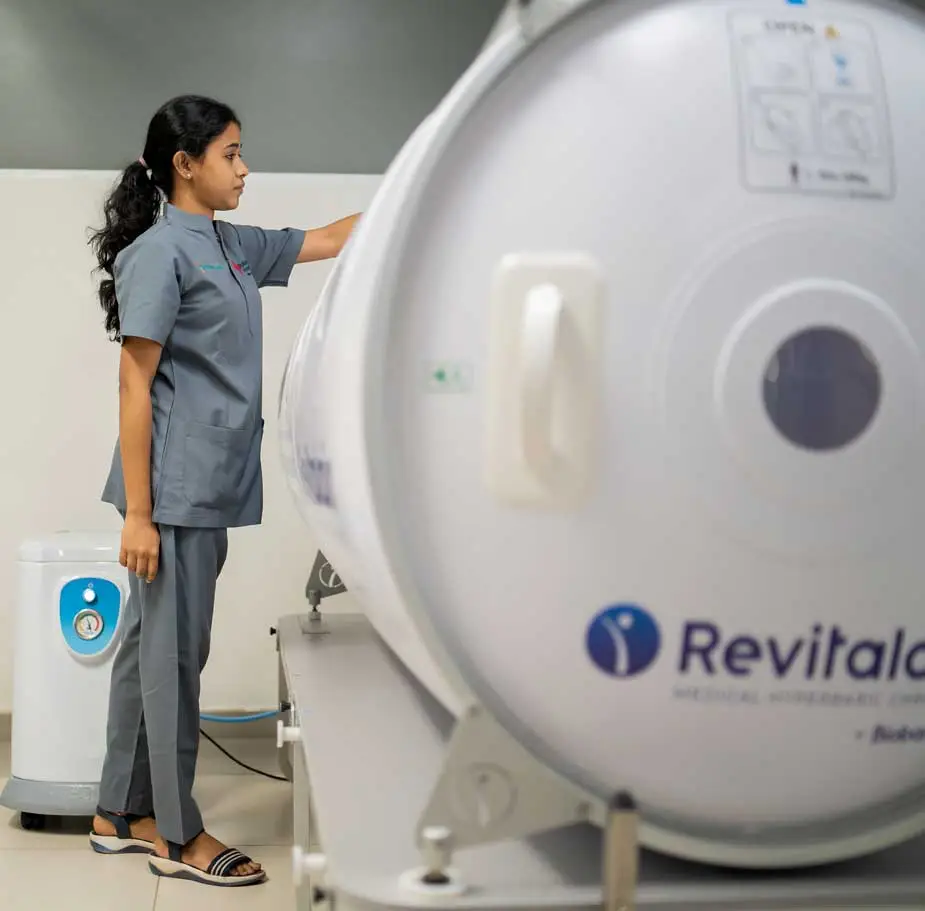Non-healing Wounds
Symptoms
Symptoms of non-healing wounds may include:
Persistent pain in the affected area
Redness, swelling, or warmth around the wound
Foul odour or discharge
Delayed or stagnant healing progress
Recurrent infections
Formation of granulation tissue
Presence of necrotic or dead tissue
Changes in wound color
Increased size or depth of the wound
Impaired function or mobility in the adjacent area.
Causes
Causes for non-healing wounds may include:
Diagnosis
Diagnosis for non-healing wounds may involve:
Treatments
Non-healing wounds pose a significant health concern and require specialized attention. Treatment emphasizes patient education to reduce complications, urging proper rest and limited movement on the affected side. In acute cases, like those six months old, initial pain management involves ice application and avoiding pressure on the wound. Modalities such as IFT, TENS, and Ultrasound are employed for effective pain management. Manual therapy incorporates mobilization techniques to improve joint range of motion by addressing capsular tightness. To enhance overall recovery, patients are recommended home exercises, fostering functional independence in the comprehensive care for non-healing wounds.
Our Non-Healing Wounds Treatment integrates cutting-edge Hyperbaric Oxygen Therapy (HBOT) to accelerate healing by promoting cell regeneration. Complemented by personalized Exercises & Rehabilitation, the program focuses on enhancing mobility and strength. Lifestyle Management strategies create a supportive environment for healing, addressing holistic well-being. Additionally, Diet and Nutrition Management ensures patients receive essential nutrients vital for tissue repair and overall recovery. This comprehensive approach reflects our commitment to effective wound care and improved quality of life.

